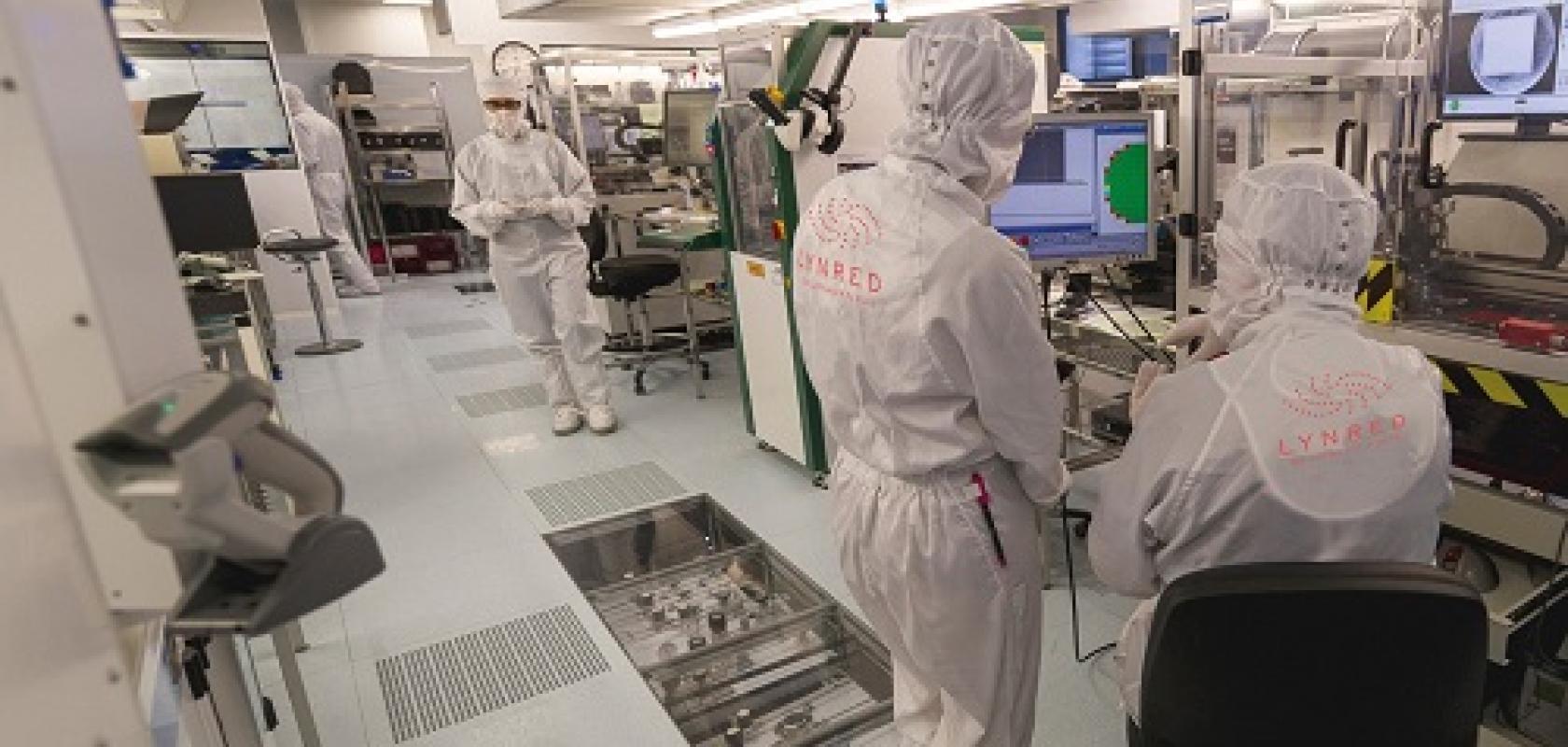Infrared sensor maker, Lynred, has joined a programme to develop 3D stacking technology for integrated circuits, run by microelectronics research institute IRT Nanoelec.
The objective of the 3D integration programme at Nanoelec is to provide the integrated chip market with access to 3D integration technologies.
Lynred sees 3D stacking technology as key to enabling superior designs in future infrared detectors.
Sony has recently released an infrared and visible sensor using 3D stacking, which shrinks the pixel pitch to 5µm.
The consortium’s advances in the area of 3D stacking will enable Lynred to integrate new functions at the level of the pixel, while producing smaller, lighter infrared devices.
'Following the successful development of our 3D architecture expertise, initially applied to high-performance computing, the partners in the Nanoelec 3D programme are increasingly focusing on smart imager applications,' said Séverine Cheramy, director of the 3D integration programme at Nanoelec. '3D components enable the embedding of high-value processing functions in sensors, such as object recognition or motion capture.'
Lynred joins as one of 21 members of the IRT Nanoelec consortium, whose partners include Mentor Graphics (a Siemens business), STMicroelectronics and CEA-Leti.


